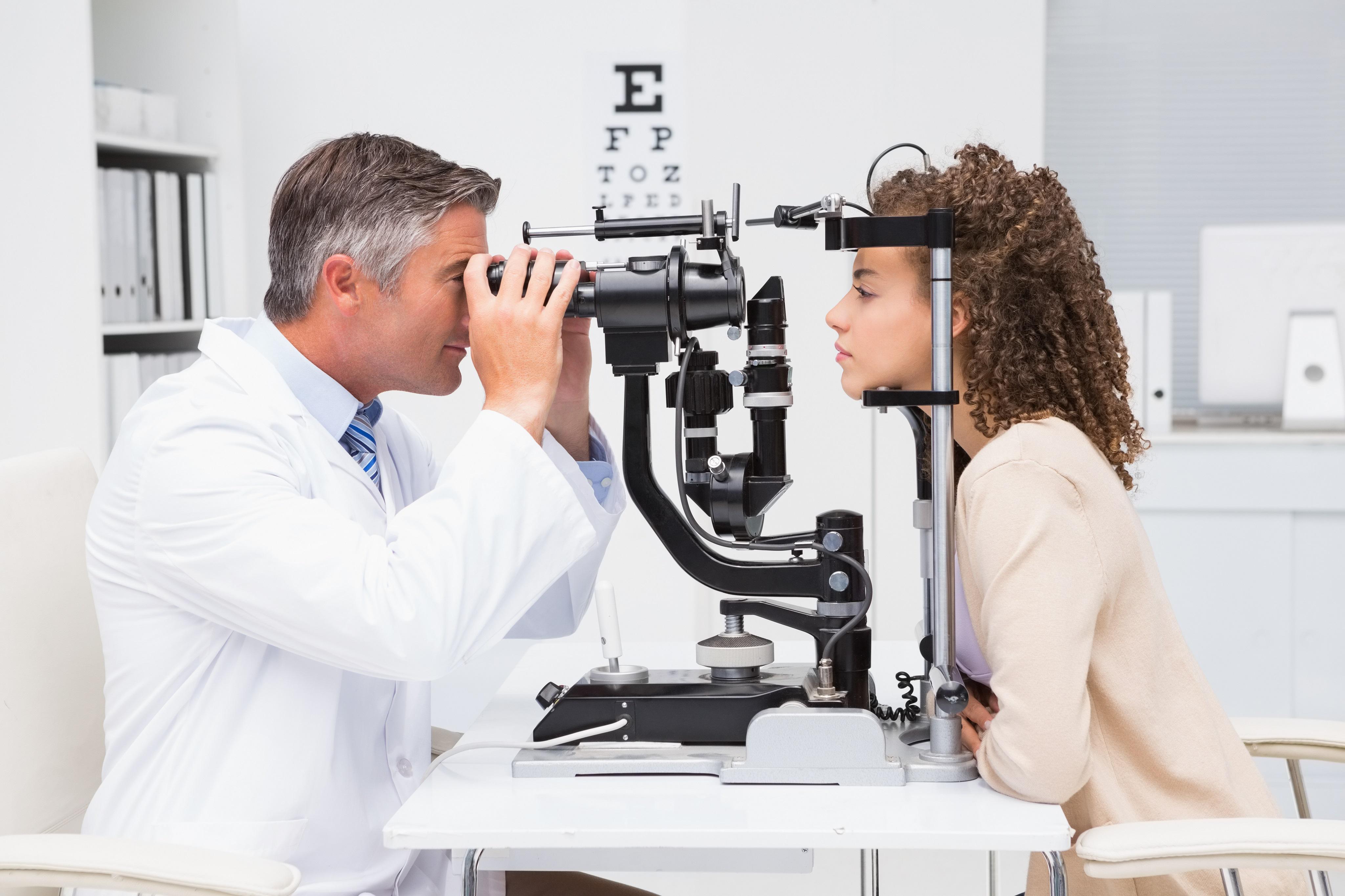Andalusia Pediatrics: Compassionate Care for Your Children
Andalusia Pediatrics: Compassionate Care for Your Children
Blog Article
The Total Break Down of Retina Disorders and Just How They Affect Your Vision
The intricate network of cells in the retina plays an important duty in equating light into the pictures that allow us to perceive the globe around us. Retina problems can interrupt this fragile procedure, leading to a variety of vision problems. Understanding the complexities of these problems is essential for grasping just how they influence your vision and the possible effects they might have on your general eye health. By discovering the anatomy of the retina, typical problems that can influence it, their reasons, signs, and offered therapy options, we can get beneficial insights right into protecting and securing our vision.
Introduction of Retina Composition
The complex structure of the retina works as the foundation for visual understanding and plays a critical role in the procedure of converting light right into neural signals for the mind to translate. Found at the rear of the eye, the retina contains numerous layers that work with each other perfectly to facilitate vision. At the core of this intricate framework are photoreceptor cells recognized as rods and cones. Poles are accountable for vision in low light problems and detecting movement, while cones are important for shade vision and in-depth visual acuity. These photoreceptor cells transform light energy right into electrical signals that are then refined by various other retinal cells, such as bipolar cells and ganglion cells. The bipolar cells beam from the photoreceptors to the ganglion cells, which in turn send out these signals through the optic nerve to the brain for visual handling. Comprehending the detailed makeup of the retina is fundamental in understanding just how vision features and how various retina disorders can affect aesthetic understanding.

Typical Retina Disorders
Retina conditions incorporate a variety of problems that affect the elaborate framework of the eye liable for visual handling. One usual problem is age-related macular deterioration (AMD), a leading cause of vision loss in individuals over 50. AMD impacts the macula, a part of the retina crucial for sharp main vision, resulting in blurriness or blind spots in the main visual area.
Another widespread problem is diabetic person retinopathy, happening in people with diabetes mellitus. High blood glucose degrees harm the capillary in the retina, resulting in vision problems or loss of sight if left untreated. Retinal detachment is a severe condition where the retina retreats from its normal setting, triggering an unexpected onset of advances, flashes of light, or loss of vision in a curtain-like pattern.
Finally, retinitis pigmentosa is a group of congenital diseases that cause the malfunction and loss of cells in the retina, causing night blindness and a progressive narrowing of the visual area - neurologist Andalusia. Understanding these typical retina problems is crucial in maintaining vision and looking for prompt medical treatment
Causes of Retina Disorders
Different aspects add to the development of retina disorders, including genetic predispositions, way of living options, and underlying wellness problems. Genetic tendencies play a substantial function in several retina conditions, such as retinitis pigmentosa and macular degeneration. Individuals with a family background of these conditions are at a greater danger of creating them due to acquired genetic mutations affecting the retina's function.
Way of living choices can likewise impact retina health. Cigarette smoking, for example, has been linked to an increased threat of age-related visit this site right here macular degeneration, a typical retina disorder that can bring about vision loss. Poor dietary routines lacking crucial nutrients like vitamins A, C, and E, as well as omega-3 fatty acids, can likewise add to the growth of retina problems.
Hidden wellness conditions, such as diabetes and high blood pressure, are known to affect the retina. Diabetic retinopathy, an issue of diabetes mellitus, can cause damages to the capillary in the retina, leading to vision impairment. In a similar way, high blood pressure can lead to hypertensive retinopathy, where hypertension impacts the blood vessels in the retina, possibly creating vision issues. Recognizing these causes is important in taking care of and protecting against retina conditions.
Symptoms and Diagnosis
Given the significant impact that causes such as genetic tendencies, way of living options, and underlying health conditions can carry the growth of retina disorders, it is important to recognize the signs and symptoms and utilize efficient diagnostic techniques for very early detection and management. Signs and symptoms of retina disorders can differ depending on the specific condition yet may consist of obscured or misshaped vision, the abrupt appearance of drifters or flashes of light, a dark place in the facility of your vision, or a steady loss of central vision. If you experience any one of these symptoms, it is vital to look for instant clinical attention.
Identifying retina problems usually entails a comprehensive eye exam, which may include visual skill tests, dilated eye examinations, optical coherence tomography (OCT), fluorescein angiography, or various other imaging examinations. Your eye care supplier may also find out ask about your medical history and any type of family background of eye conditions. Early detection via routine eye tests is essential to preventing vision loss and handling retina disorders properly. Your medical care copyright will function with you to establish a personalized treatment strategy to maintain your vision. if diagnosed with a retina condition.

Therapy Options and Administration
Reliable monitoring of retina disorders includes a complex technique that includes tailored therapy options to attend to details conditions and maintain visual feature. Therapy options for retina problems vary depending upon the underlying cause and seriousness of the condition. In instances of retinal detachment, surgical interventions such as vitrectomy or scleral fastening might be necessary to reattach the retina and stop vision loss. For conditions like age-related macular degeneration (AMD), therapies like anti-VEGF shots or laser therapy can aid reduce down condition progression and maintain continuing to be vision.
In diabetic retinopathy, handling blood sugar levels is important to stop further damage to the capillary in the retina. Furthermore, therapies like laser surgical procedure or shots may be recommended to decrease swelling and stop vision loss. Routine eye tests and very early discovery of retina disorders are vital for effective monitoring and treatment results. Individuals with retina problems need to work carefully with their ophthalmologist to develop a personalized treatment strategy that addresses their certain requirements and aids keep optimum aesthetic feature.
Final Thought
To conclude, understanding the makeup of the retina, usual disorders, creates, symptoms, diagnosis, and therapy alternatives is essential in taking care of vision impairments. Retina conditions can substantially impact vision and lifestyle, making very early discovery and correct monitoring necessary. By remaining educated concerning these conditions and navigate to this website looking for proper healthcare, individuals can better preserve their vision and preserve general eye health and wellness.

Recognizing the elaborate makeup of the retina is basic in understanding exactly how vision features and exactly how different retina disorders can affect aesthetic assumption.
Retinal detachment is a serious condition where the retina draws away from its regular placement, triggering an unexpected start of advances, flashes of light, or loss of vision in a curtain-like pattern.
Signs and symptoms of retina problems can differ depending on the details problem yet may include obscured or misshaped vision, the abrupt appearance of floaters or flashes of light, a dark area in the facility of your vision, or a progressive loss of central vision.In conclusion, understanding the composition of the retina, common conditions, triggers, signs and symptoms, diagnosis, and treatment options is vital in taking care of vision problems.
Report this page